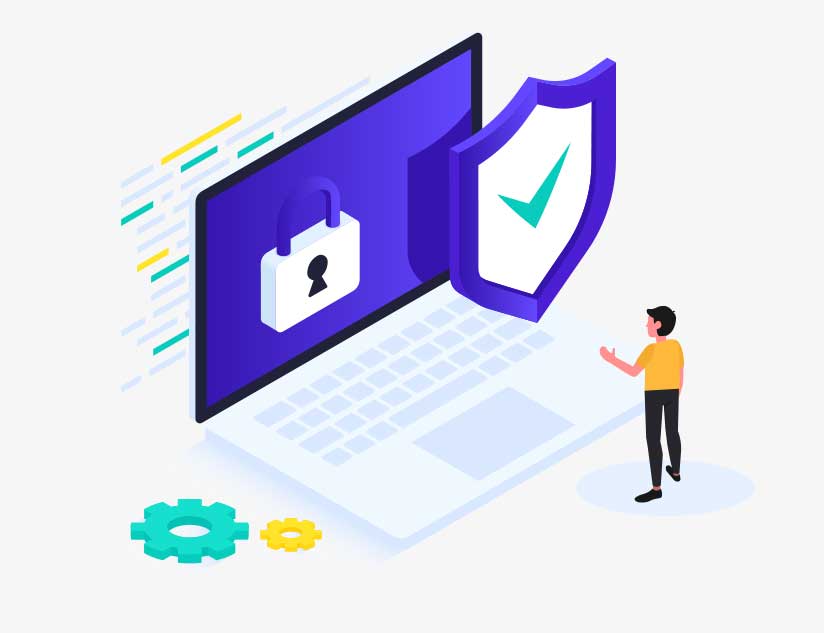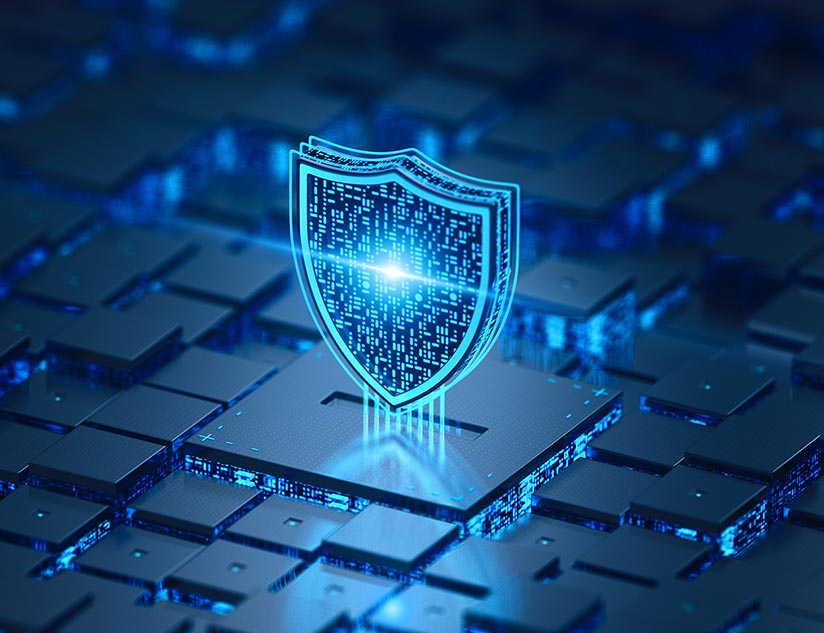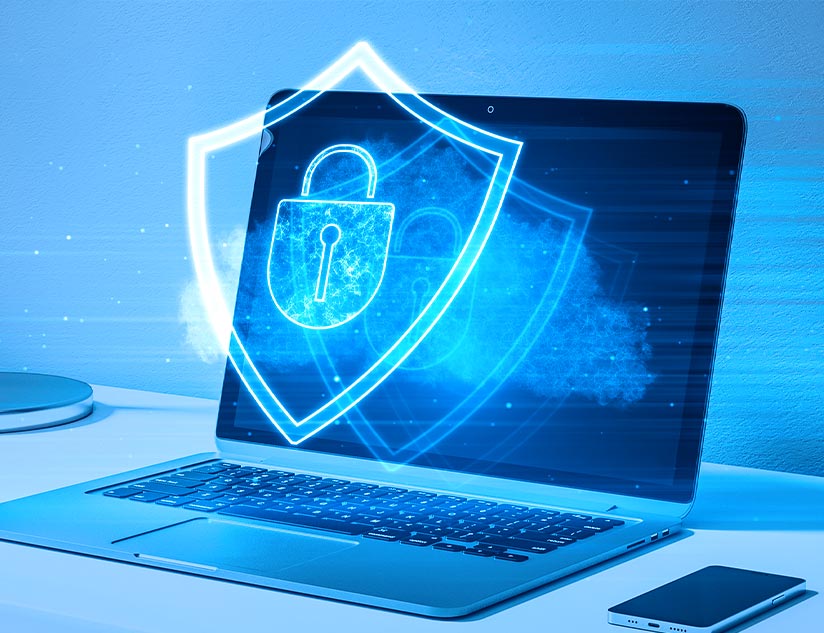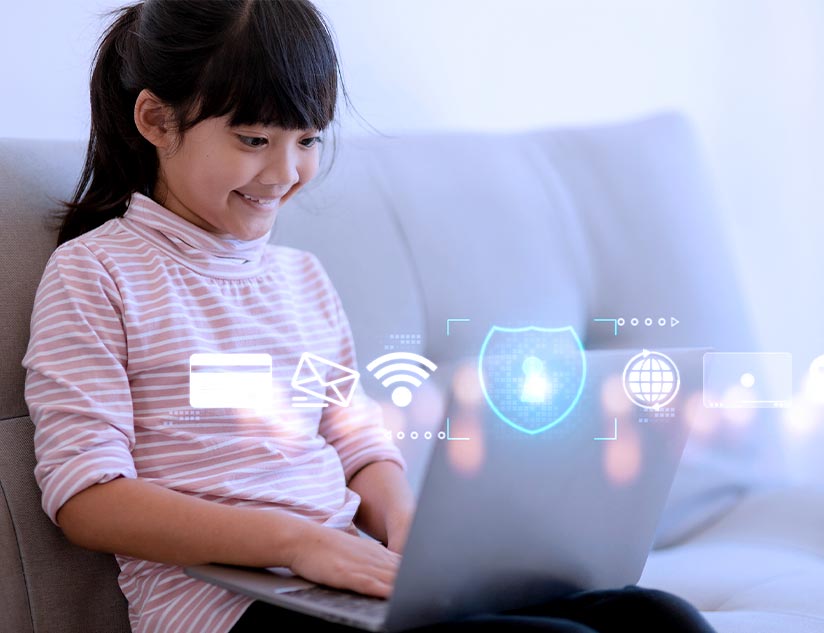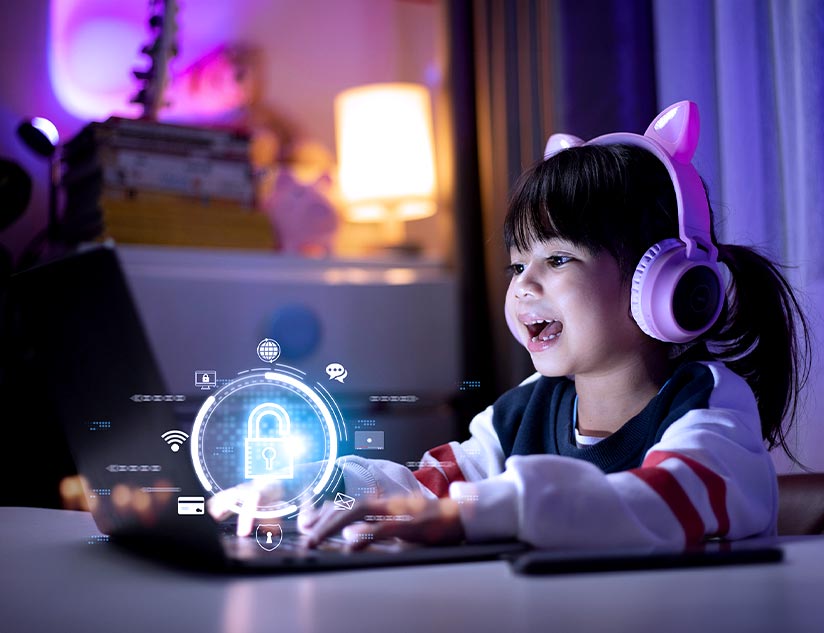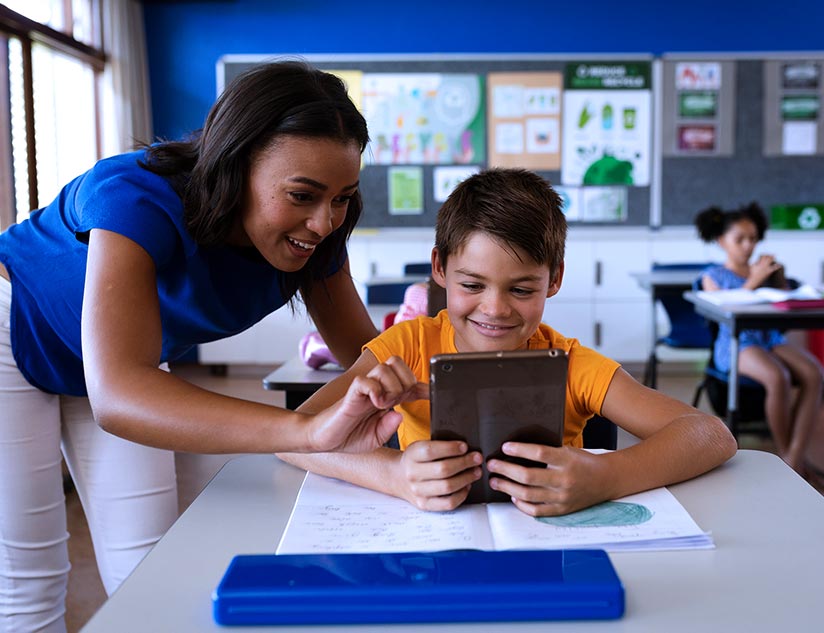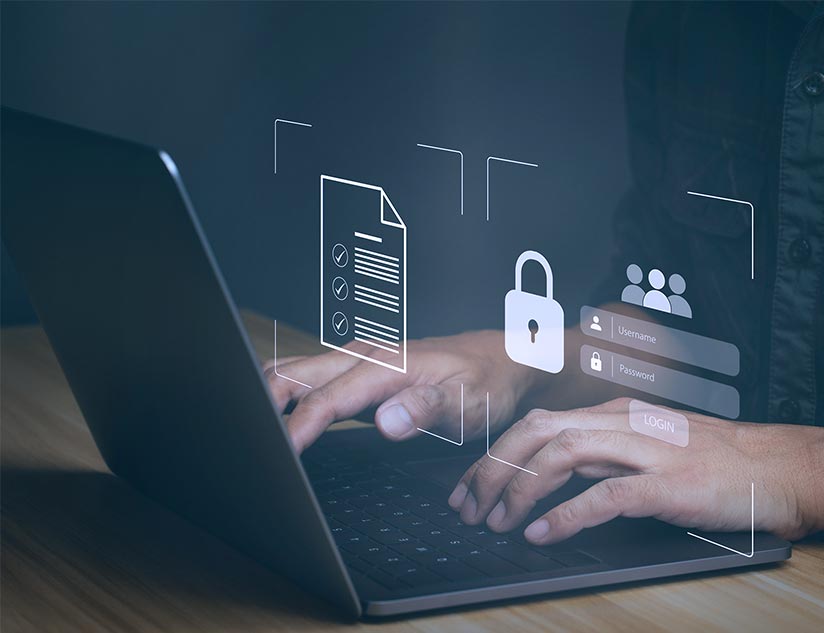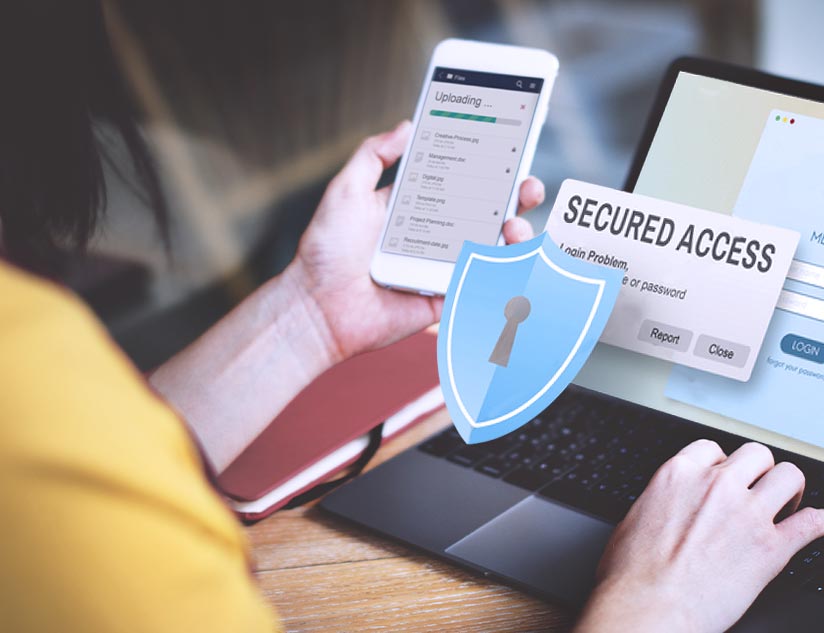The rampant spread of COVID-19 over the past few months has impacted education in unprecedented ways. Close to 1.6 billion learners, or over 90% of students globally, were left stranded due to school and university closures, according to the UNESCO figures.
Naturally, educators and organizations have scrambled to resume classes and assessments through online learning. The need for a transition from the physical classroom to a virtual platform has been urgent. EdTech and video conferencing companies throughout the world have reported an unprecedented surge in user registrations, ever since school closures were enforced. However, the huge demand also led to a few concerns, including the lack of support across devices, inadequate internet access, not enough teacher capability to manage technology-enabled delivery, and a shortage of digital content for self-directed learning.
Lack of data security is perhaps the most pressing consideration of all. For instance, Zoom had a quick rise to the top before privacy breaches and lack of transparency in its personal information database were reported. Similarly, the video conferencing platform, Webex, was seen to suffer from a security issue that was labeled high-severity by its creator, Cisco.
Another worrying trend is educators promptly playing into the hands of hackers and unknown parties at the promise of EdTech software and free teacher accounts. Misuse of data for sale to third parties, cyberbullying, identity theft and sheer violation of student privacy are very real risks while transitioning to remote learning. A thorough look at the importance and benefits of data protection is needed before making the leap.
Why Data Security is Important
Data collection is intrinsic to EdTech. It helps personalize instruction, facilitates students in evaluating their performance better and exercise greater ownership of their learning, promotes deep learning and instills real-world skills. The data collected may include Personally Identifiable Information (PII), biometrics, academic scores, medical information, geolocation, web browsing history, IP addresses and classroom activity. Federal laws such as FERPA and COPPA, which video conferencing apps such as Zoom didn’t adhere to, go a long way in ensuring that student data isn’t compromised.
A Host of Other Benefits
Ensuring student data protection while transitioning to a virtual classroom is a factor that helps address several major pain points. It can help you prevent unauthorized access to virtual classroom sessions through unique login credentials and ensure data safety with up-to-date encryption. For instance, MagicBoxTM, through its partnership with the video assessment platform Bongo, offers not only a secure online classroom experience but also offers the unique feature of structured video workflows that are designed for learners to exhibit their skills better.
It is a good idea to partner with an EdTech provider that comes with dedicated video classroom integration. This could give your learners the chance to collaborate both synchronously and asynchronously for group activities, deliver presentations, submit video responses and do a lot more. It is also important to look for strict administrative controls that grant meeting creation or screen sharing rights to teachers.
Steps to Ensure EdTech Data Security
This begins with doing some due diligence and finding out what measures your video classroom and assessment platform is taking to ensure data security. You need to be aware of just what data is being collected and where, and why those with access have the data. It always pays to be meticulous to a fault. The next questions you should be asking yourself are:
a) Do they conduct regular internal reviews of their data collection and processing practices?
b) Are they committed to adequate encryption and other measures for physical security?
Teachers need to be trained to recognize phishing attacks and deleting suspicious emails or resources within the ecosystem. Encourage your students, the younger ones in particular, to create strong passwords and not share them with anyone. Use of badges for signing in for the youngest students can ensure security across the spectrum, since they cannot be expected to remember complicated passwords.
The EdTech platform should also have security safeguards, pertaining to registration and information used to sign up should include SSL encryption, in addition to other systems like firewalls, data encryption and multifactor authentication, which is recommended by data security advocate Eric Kron.
Platforms such as MagicBoxTM also prevent unauthorized access to digital content via a robust digital rights management system. This allows schools to implement data protection against duplication of original content, limit access to a set number of devices and for an established timeframe, to users that have individual licenses and codes. In addition to the standard content encryption and protection offered by most DRMs, MagicBoxTM also packs in a flexible subscription and license management module.
MagicBoxTM offers an integrated web conferencing tool that allows schools to hold multiple distance learning classrooms, where participants can interact via video. What’s more, publishers and educators can create video-based assessments that allow students to demonstrate skills, while teachers can provide feedback on an individual level. This is supplemented by features such as one-click ePub3 conversion and offline access to course content.
Get in touch with us to know more.

